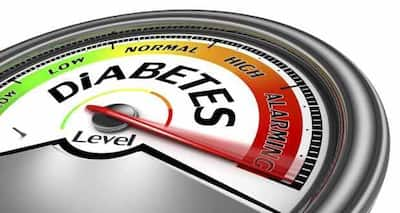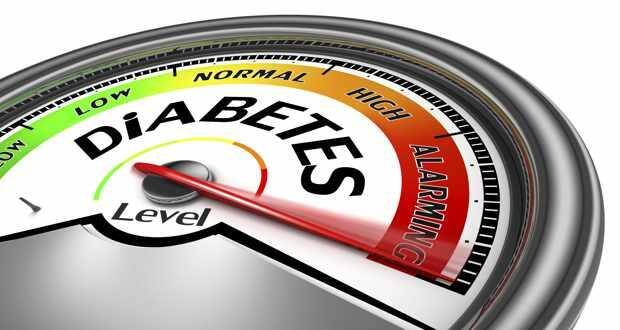Don’t Miss Out on the Latest Updates.
Subscribe to Our Newsletter Today!
First aid tips for diabetic emergencies

 In recent years, diabetes has become more prevalent in India and the numbers are still rising. This disease is often associated with several day to day complications and sometimes it even puts victims in life threatening situations. Hypoglycemia and hyperglycemia are two such critical situations that may occur all of a sudden in diabetics and they can be life threatening. Of these, hypoglycemia is the most common risk that almost all diabetic patients have to face.
In recent years, diabetes has become more prevalent in India and the numbers are still rising. This disease is often associated with several day to day complications and sometimes it even puts victims in life threatening situations. Hypoglycemia and hyperglycemia are two such critical situations that may occur all of a sudden in diabetics and they can be life threatening. Of these, hypoglycemia is the most common risk that almost all diabetic patients have to face.
Such grievous situations can arise anytime and anywhere. In order to cope with such situations it is necessary for each family member of a diabetic patient to have adequate information about first aid tips for diabetes. This will help their dear ones to cope up with such adverse situations, even when doctors are not available. Here are some symptoms of hypoglycemia and hyperglycemia and a few essential first aid tips that may help to deal with such situations, as and when they arise:
Hypoglycemia- When a patient experiences a sudden drop in blood glucose levels, it leads to hypoglycemia. This situation is also called insulin reaction or insulin shock. Hypoglycemia is often associated with symptoms including extreme appetite and thirst, sweating, hostile behavior, dizziness and disorientation, pale look, palpitation, numbness in hands and feet, blurred vision and unconsciousness. Not every symptomis noticeable in all patients. However, you can follow these tips to help the victim get through the situation.
Also Read
- In many patients blood sugar levels fluctuate frequently. So, it is highly advised to keep a glucometer in your home at all times.
- You should give the patient some sweetened drink like fruit juice, glucose water or chocolate drinks. This will help to restore blood glucose levels and should make the patient feel better within a few minutes.
- When the patient becomes considerably stable, you can feed him/her some solid foods like rice, bread or even short snack items like biscuits.
- If the patient falls unconscious, make sure that the patient is allowed to lie down comfortably and call a physician right away.
- In case of unavailability of a physician, the patient should immediately be taken to a hospital without any delay.
Hyperglycemia- On the other hand diabetic patients may also experience a sudden rise in their glucose levels, known as hyperglycemia. This condition is also known as diabetic coma and is often characterised by breathlessness, recurrent urination, nausea and vomiting, dry mouth and palpitations. Usually, a discontinuity in diabetic medications may put a person at risk of hyperglycemia. Moreover, eating too much of sugar rich foods and intolerance to the prescribed blood sugar medication may also put a person in such a situation. In case of hyperglycemia, one can go with the following first aid procedures:
- Administer the required diabetic medication immediately.
- Give the patient some sugar free fluid.
- Monitor the victim's breathing rate, pulse rate and the level of responsiveness.
- Immediately call your house physician.
Tips for diabetics when travelling: Patients suffering from diabetes should always carry some form of identification that also reveals the presence of diabetes. In case of an emergency, this will alert anyone who provides assistance about the situation and it will also ensure that any attending medical professionals are aware of the special requirements of the patient.
Image source: Getty images
You may also like to read:
For more on diabetes, check out our diabetes section and Diabetes page. Follow us on Facebook and Twitter for all the latest updates! For daily free health tips, sign up for our newsletter. And to join discussions on health topics of your choice, visit our Question and Answer section.


